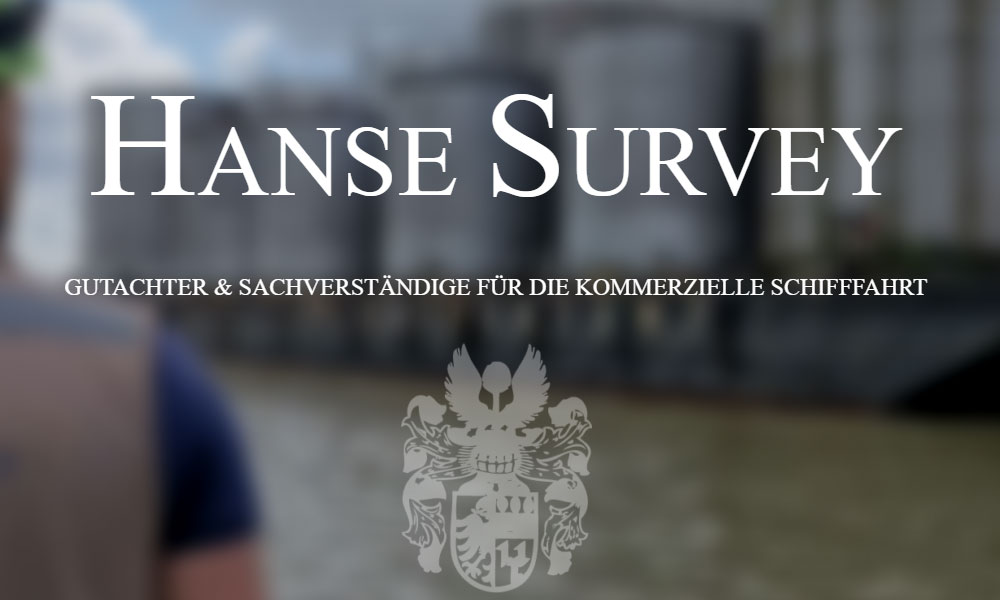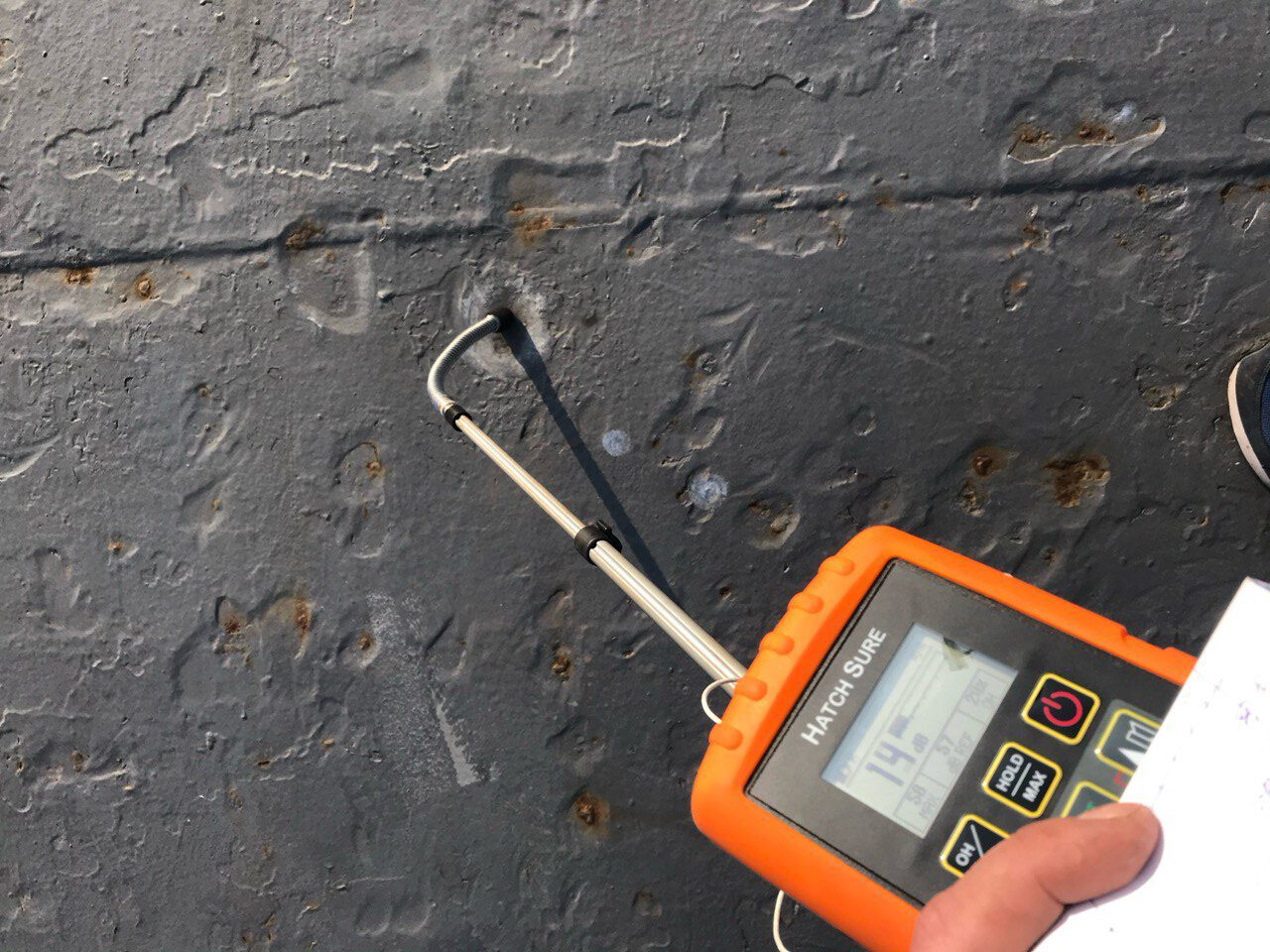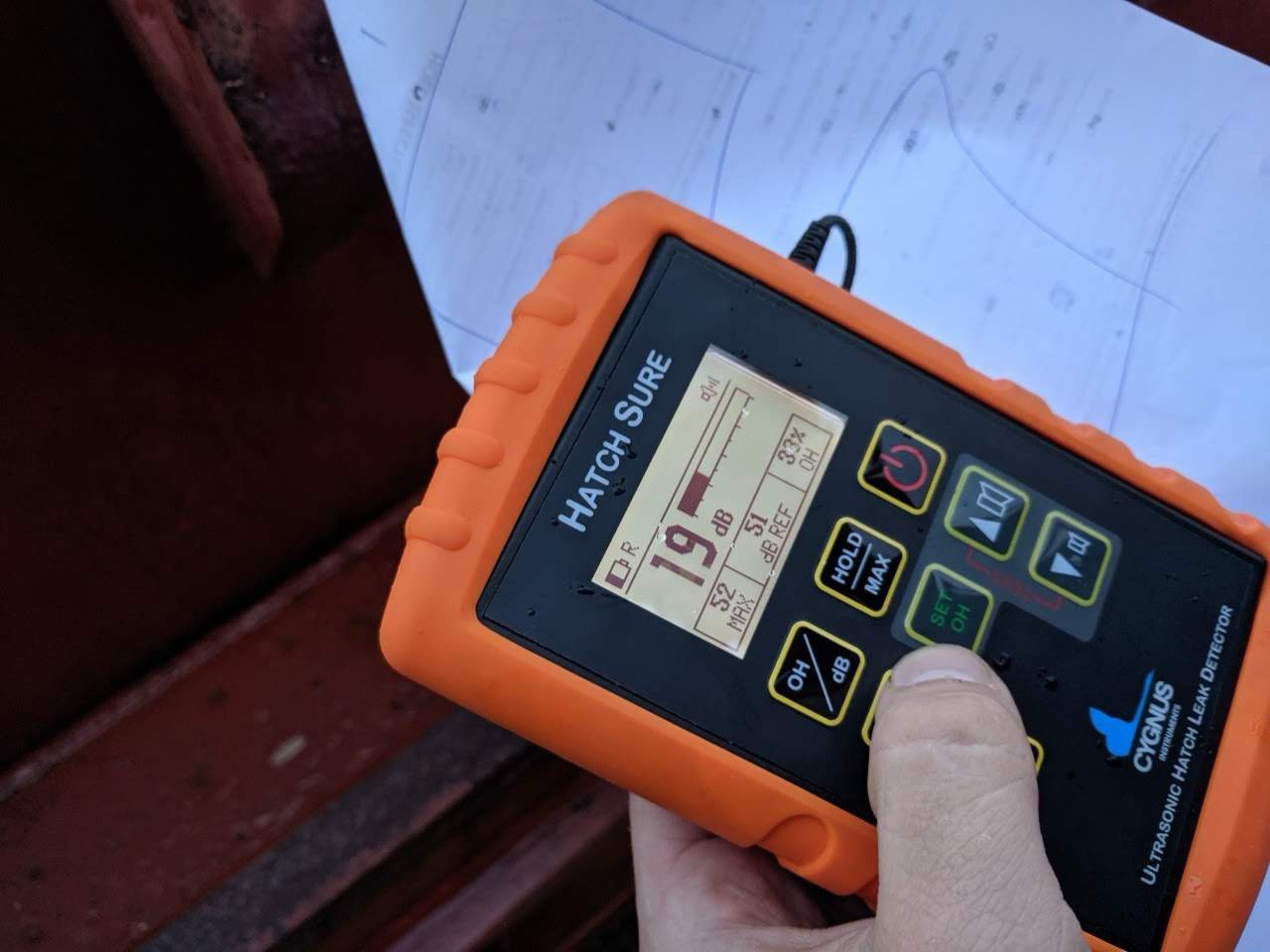Ultrasonic Hatch Cover Testing
The watertight integrity of hatch covers is a crucial factor in ensuring the safe and dry transport of cargo. Even the smallest leak can lead to serious consequences — from cargo damage due to water ingress to corrosion in the cargo hold.
A proven and modern method for verifying watertightness is the Ultrasonic Hatch Cover Test, a non-invasive inspection technique widely used in professional marine surveying.
What Is Ultrasonic Hatch Cover Testing?
During an ultrasonic tightness test, a special ultrasonic transmitter is placed inside the ship’s cargo hold. With the hatch covers closed, an inspector scans the external areas of the covers using a sensitive ultrasonic receiver.
If ultrasonic signals pass through any gaps, cracks, or deformities in the sealing system, the receiver detects the sound and pinpoints the exact leak location.
The method is completely non-invasive and poses no risk to the vessel or cargo. Any defects — such as worn rubber seals or distorted covers — can be located and rectified immediately (e.g. by replacing gaskets or adjusting locks). Regular testing helps maintain the ship’s weathertight integrity and safeguards cargo from water damage.
Advantages of the Ultrasonic Test Method
Compared to conventional testing methods such as the hose test or chalk test, ultrasonic leak detection offers multiple advantages:
- High sensitivity: Detects even the smallest leaks or cracks invisible to the eye.
- Applicable on loaded vessels: Testing can be performed with cargo on board, with no risk of wetting or damaging the goods.
- Non-invasive and safe: No harm to the ship’s structure, coatings, or cargo.
- Independent of weather conditions: Inspections can be carried out in any weather — rain, wind, or cold.
- Efficient and time-saving: Requires only one trained inspector and minimal crew assistance. No need for heavy water hoses or chalk marking.
- Certified inspection report: After testing, a formal inspection report is issued, providing proof of watertightness — essential documentation for insurance or dispute cases.
Consequences of Leaking Hatch Covers
Leaking or insufficiently sealed hatch covers can result in serious technical and financial damage:
- Entry of rainwater or seawater into the hold
- Wet or damaged cargo and packaging
- Corrosion and rust on metal components
- Financial losses and potential legal claims from cargo owners
Regular ultrasonic hatch cover tests help to prevent such risks through early detection and timely maintenance, ensuring cargo safety, ship reliability, and protection for the shipowner.
Additional Applications
The ultrasonic leak detection method can also be used on other watertight ship closures and compartments, including:
- Watertight and weathertight doors
- Bulkhead doors
- Cargo access areas
This ensures comprehensive protection against water ingress throughout the vessel.









